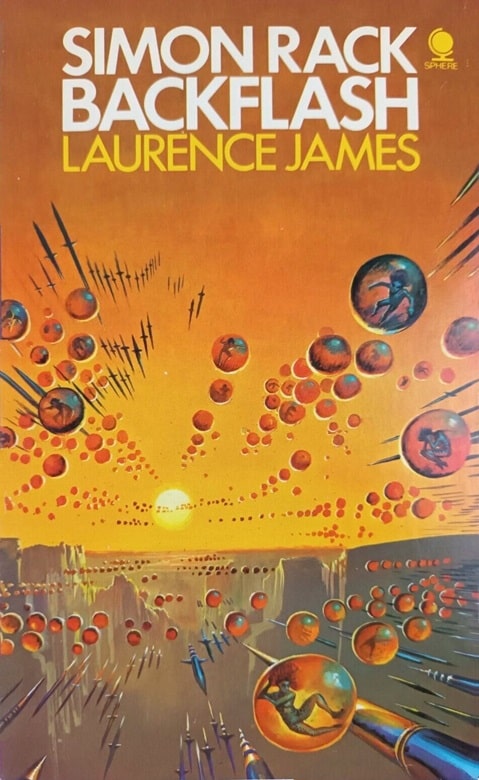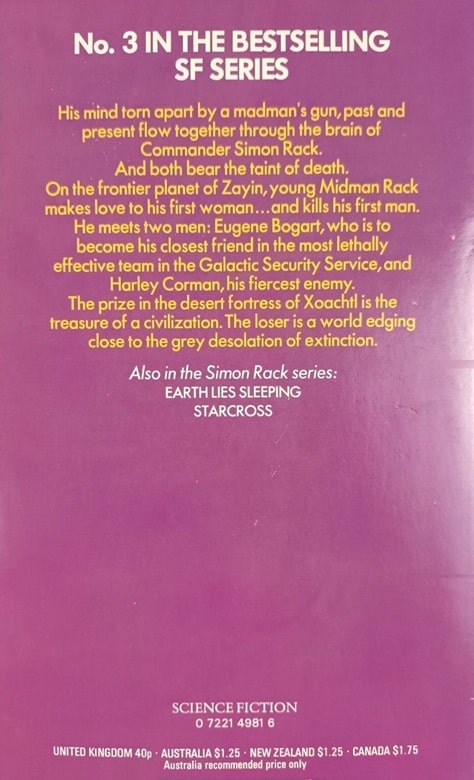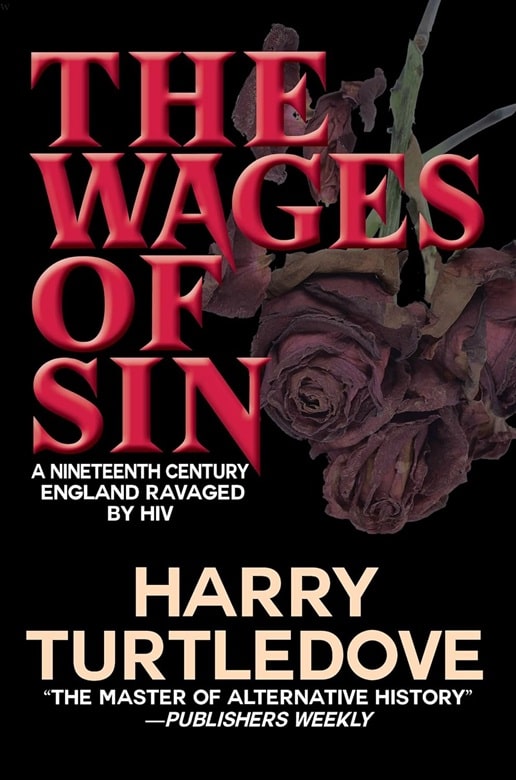A to Z Reviews: “Tag,” by David Kablack
David Kablack’s “Tag” appeared in the 18th issue of the magazine Pirate Writings, which would change its name to Fantastic Stories of the Imagination with the next issue. One of the features of Pirate Writings was the inclusion of a short-short story section. The first story in the section in this particular issue is set in a small town. Charlie, the O’Reilley twins, Wally, and Black Tom O’Faolin, all teenagers on the cusp of adulthood, are spending time playing a game of tag on one of the rare days off the working members of the group have.
Their game is interrupted by one of the village’s outcasts, a hunchback whose father is unknown and whose mother has died, hobbles past them on his way home from the market. Being young boys faced with someone who is an outsider, they stop their game to watch him go by. As Charlie starts the game up again by tagging Tom, Tom gets an idea and tags the hunchback with enough force that he sends his purchases scattering across the ground.

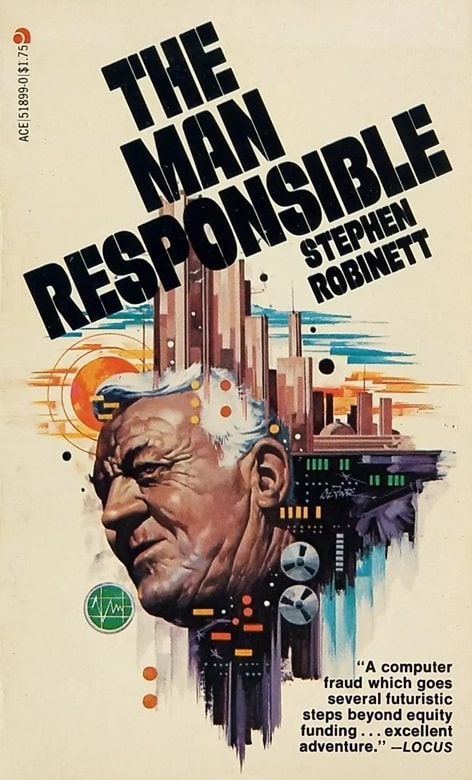
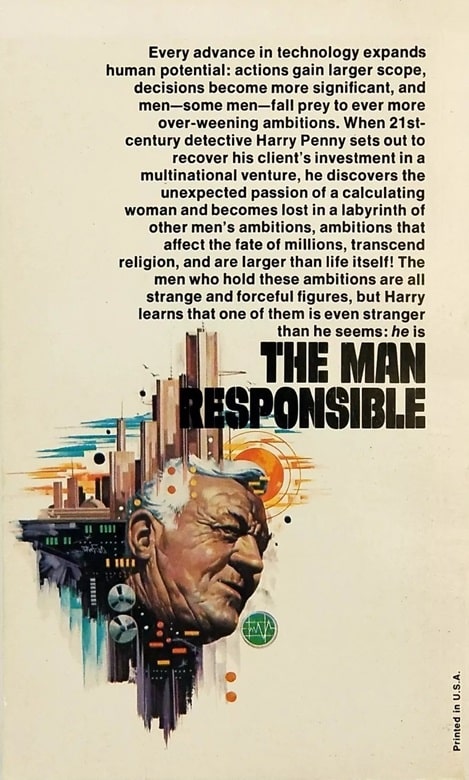

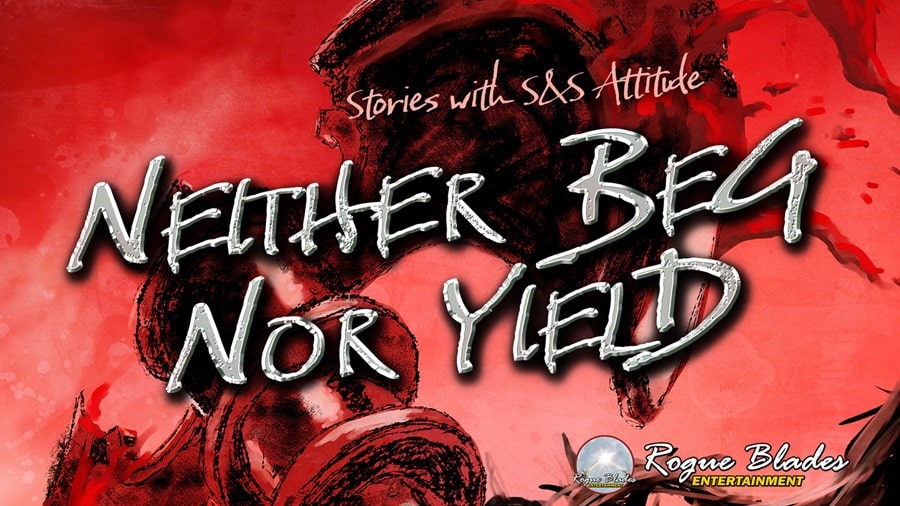
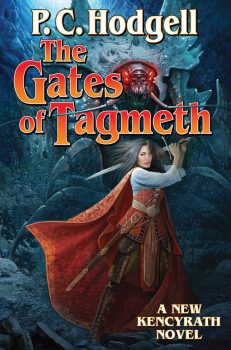 One of the
One of the 